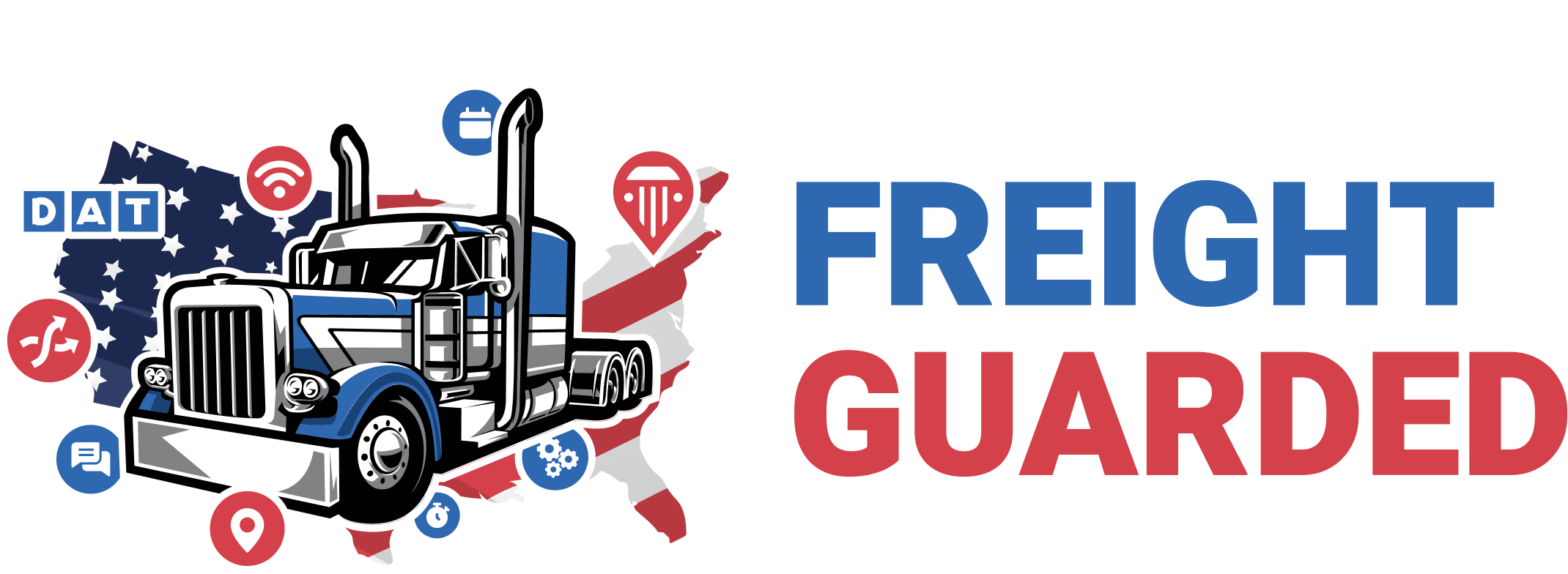In the USA, a pre-trip inspection is a critical routine for truck drivers to ensure the safety and roadworthiness of their vehicle before embarking on a trip. This inspection is mandated by the Department of Transportation (DOT) and is outlined in the Federal Motor Carrier Safety Regulations (FMCSRs). Performing a thorough pre-trip inspection can help prevent accidents, breakdowns, and violations during roadside inspections.
Key Components of a Pre-Trip Inspection
- Engine Compartment: Check the engine oil level, coolant level, power steering fluid, and inspect for any leaks or visible damage. Also, inspect belts for tightness and wear, and hoses for leaks or cracks.
- Fuel System: Ensure there are no leaks, and the fuel cap is secure. Check the fuel level to ensure sufficient fuel for the trip.
- Lights and Reflectors: Verify that headlights, tail lights, turn signals, hazard lights, and reflectors are clean, functional, and properly secured.
- Brake System: Inspect the brake pads, drums or rotors, and brake lines for wear or damage. Test the parking brake and service brake for proper operation.
- Tires: Check for proper inflation, tread depth, and signs of wear or damage such as cuts or bulges. Ensure there are no objects lodged in the treads.
- Wheels and Rims: Inspect wheels and rims for cracks, bends, or breaks. Check lug nuts for tightness and signs of looseness or rust, which could indicate they are becoming loose.
- Steering Mechanism: Ensure the steering wheel moves freely without excessive play and inspect the steering linkage for looseness or damage.
- Mirrors and Windshield: Ensure mirrors are clean and properly adjusted. Check the windshield for cracks or chips, and ensure windshield wipers and washer fluid are operational.
- Horn: Test the horn to ensure it is loud and clear for signaling when necessary.
- Emergency Equipment: Verify that fire extinguishers, warning triangles, fuses, and any other required emergency equipment are present, accessible, and in working order.
- Coupling Devices: For combination vehicles, inspect the coupling devices for secure mounting, proper alignment, and locking mechanism functionality.
- Cargo Securement: Ensure cargo is properly secured and does not exceed weight limits. Check that all securement devices are in good condition and adequate for the load type.
- Suspension System: Inspect the suspension components, including springs, shock absorbers, and air ride systems, for damage or leaks.
- Exhaust System: Check for leaks, secure mounting, and ensure the exhaust is properly routed to prevent fumes from entering the cab.
- Electrical System: Inspect wiring and connections for fraying, corrosion, or damage. Ensure the battery is securely mounted and connections are tight and clean.
Documentation
- Driver's License: Ensure it is valid and appropriate for the vehicle class.
- Registration and Insurance: Verify that vehicle registration and insurance documents are current and onboard.
- Log Book: For drivers subject to Hours of Service regulations, ensure the logbook is up to date and compliant.
Completing a pre-trip inspection is not only a regulatory requirement but also a fundamental safety practice. It helps drivers identify potential issues that could lead to more significant problems on the road, ensuring both their safety and that of other road users.

.thumb.jpg.79710ba0be5a9f3be83fb45bcaf36e79.jpg)